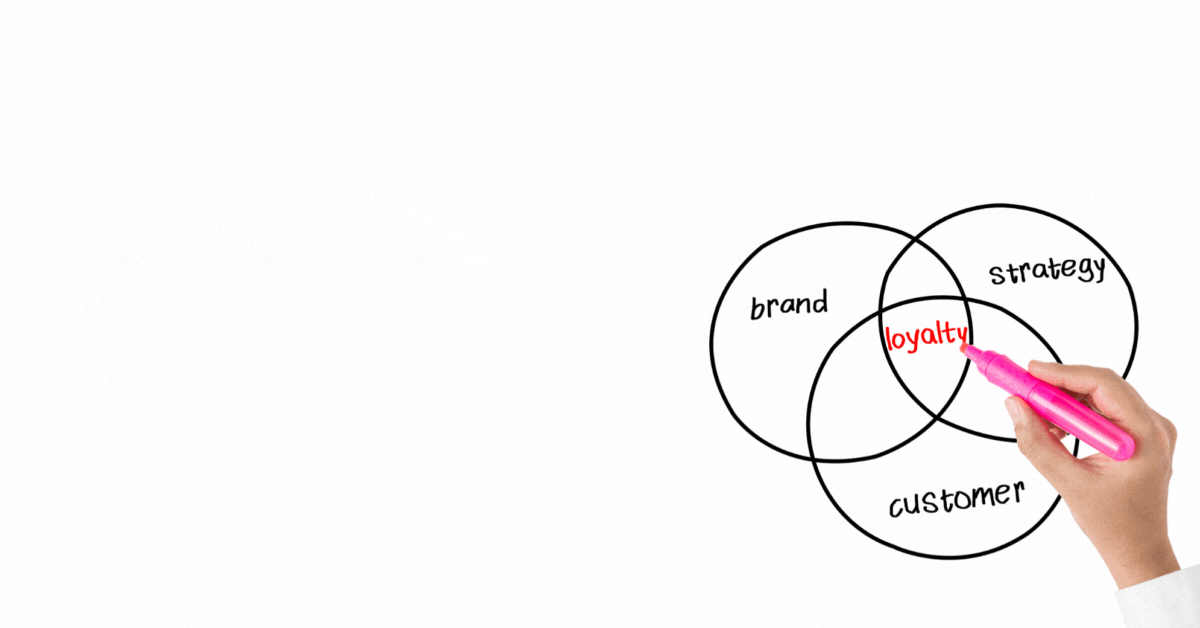By Prem Patel, Managing Director of Catalina UK
Consumer touchpoints are growing exponentially, making media activation more complicated as shoppers flutter across thousands of channels and apps, generating infinite possible combinations. This creates significant challenges for retailers and brands to effectively generate loyalty across touchpoints and effectively optimising CRM strategy. Both retailers and brands are increasingly responding by taking an opti-channel approach to activation and measurement. It means simplifying the customer experience, telling brand stories effectively and evaluating performance more accurately.
For the uninitiated, it is helpful to explore the three different marketing channels and outline the pros and cons that each can provide.
1. Opti-channel

Opti-channel marketing shows a brand or retailer how a shopper responds to specific media channels, so it is able to improve its focus on ad spending across those that deliver the best return on investment (ROI). This approach initially surfaced in the US and is now gaining momentum here in the UK, coinciding with the explosion of consumer touchpoints from a few to five hundred or more for complex purchases.
Opti-channel’s popularity has grown as the industry’s scope of measurement has become more sophisticated, using better metrics than impressions and click-through rates. We can measure the performance of channels such as digital out-of-home, podcasts, and Connected TV (CTV). We also can identify and measure the purchasing behaviour of thousands of target audiences by lifestyle and by needs instead of relying on demographics.
Combined, this 1:1 data and attribution measurement allows retailers and brands to consistently measure conversion across channels so they can quickly determine what is working best with specific groups of consumers and ultimately drive loyalty and sales.

An Opti-channel campaign matches creative and offers to specific audiences across a selection of media channels. In real-time, a marketer can drop channels or audiences that aren’t performing well, shift their budget to a narrower focus, and ultimately improve their ROI on advertising spend. With the growth of Retail Media networks, this is becoming increasingly accessible for brands.
Opti-channel marketing differs from omni-channel marketing which emerged during the dot-com boom of the early 2000s and is based on the concept that a retailer or brand should be everywhere the consumer is.
2. Omni-channel marketing

Omni-channel campaigns put the consumer at the centre, integrating online and offline touchpoints with branding that is personalised to the individual shopper based on their previous interactions. It grew out of customer demand for a consistent, seamless shopping experience across brick-and-mortar stores, mobile apps, online platforms, and more.
As retailers increased their online presence and smartphones made it easier for consumers to interact with brands on the go, it became important for all channels to work better together.
3. Multi-channel marketing
Multi-channel marketing is as old as the advertising industry itself, grounded in traditional media channels such as linear TV and print and primarily focused on brand awareness. As the name suggests, retailers and brands interact with multiple channels but each one operates separately. This siloed approach is a function of how a company is structured, and few still operate this way. This approach often annoys shoppers who can become weary of a retailer or brand that appears not to understand their behaviours and fail to present offers that are relevant to them. Overall, this approach is less effective at efficiently driving purchases.
To grow their reach, we have seen retailers and brands increasingly looking for ways to effectively use omni-channel and ultimately transition to opti-channel marketing to target their most valuable customers across optimised channels with purchase-based insights.

The growth of Retail Media Networks (which allows retailers and brands to boost their products to the top of search results or offer special personalised promotions across thousands of different platforms), provides them with an opportunity to test and learn across each of the channels in order to better target consumers and drive loyalty.
With opti-channel, marketers can narrow the focus but widen their advertising impact. Instead of trying to stretch a budget across the growing number of media channels, using opti-channel can strengthen the connection with customers by building more actionable creative messaging and executing more effective media buys.
To find out more about Catalina visit us at www.catalinamarketing.co.uk




